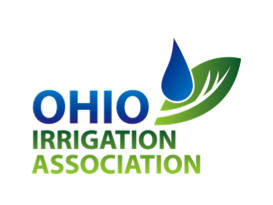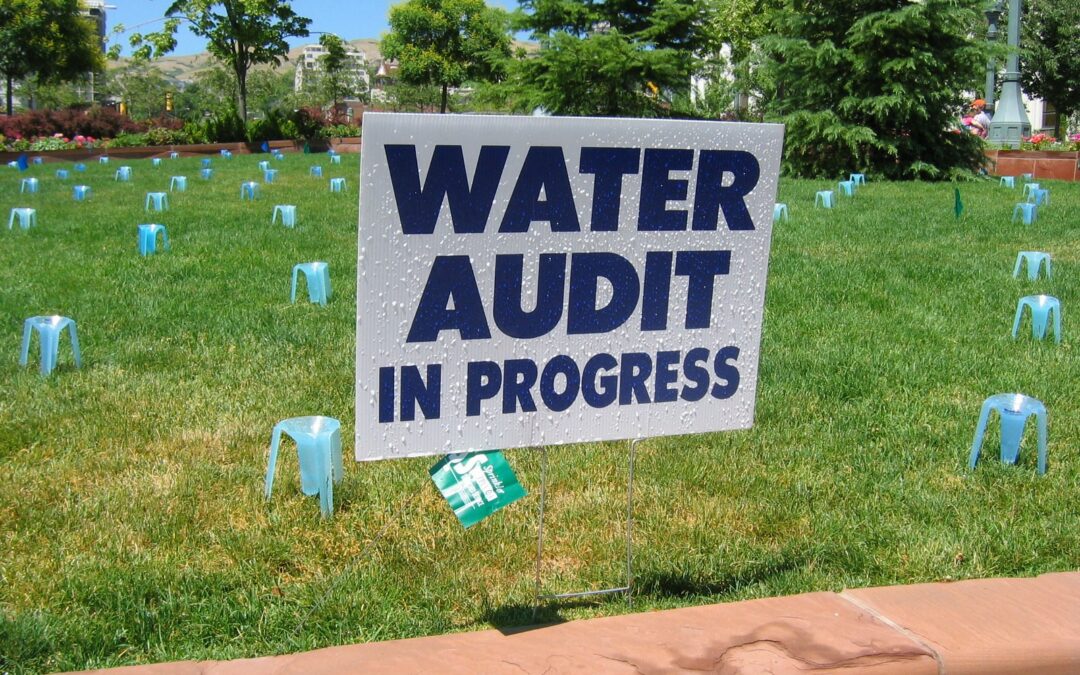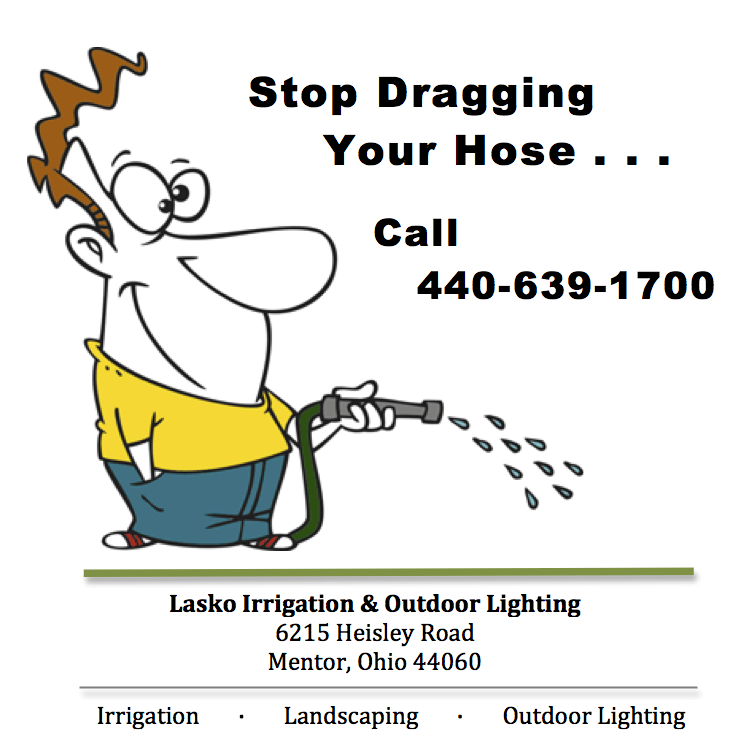Audits Help Customers Save Water
During Smart Irrigation Month
Summer is here, and Smart Irrigation Month is fast approaching. What better time to sell your customers on the benefits of irrigation system audits?
An audit can provide extensive insight into a homeowner’s system, ensuring that water is applied properly to each area of the landscape. Successful audits deliver the information needed to create an irrigation schedule that will maximize system efficiency and save your customer money. Even systems that are routinely maintained can benefit from an occasional audit.
First Things First
Properly performed irrigation audits always begin with a system inspection. Working from a site map will help you thoroughly analyze the irrigation system’s mechanics, starting with the point of connection. Closely examine all vital information, including backflows, flow rates and pressure.
Faulty or degrading components are often easily identified, but it’s also important to check sprinkler head alignment. Improperly aligned heads produce spray patterns that can misdirect water to non-targeted areas and seriously compromise efficiency.
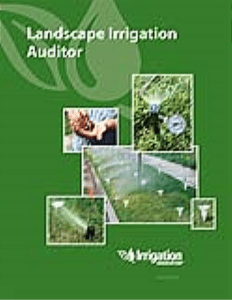
Getting Certified
The Irrigation Association offers Certified Landscape Irrigation Auditor (CLIA) training for irrigation contractors. The certification process involves two steps:
- Successfully completing the CLIA course, and
- Passing the three-hour written exam on irrigation audit procedures, soil-plant relationships, irrigation scheduling and equipment/technology.
(Note: Submitting an independent water audit is no longer a requirement to become certified through the IA.)
Certification allows contractors to differentiate themselves as providers of the most professional level of service.
Interested? To enroll in the online course, click here.
Common sprinkler head issues include:
- Failure of head to extend above turf grass
- Clogged or worn nozzle
- Wrong-sized nozzle
- Incorrect spray arc
- Incorrect pressure
- Mismatched heads or types (See “Matched Precipitation Rates: Key to Water Efficiency.”
Once you’ve identified problems and made the necessary repairs, it’s time to move on to the performance test.
Performance Testing
Precipitation rate (PR) and distribution uniformity (DU) are the two primary performance measures for an irrigation system. Most auditors evenly space their catch-cans in a grid-like pattern across each individual irrigation zone.
Recommended catchment device spacing is as follows:
- Fixed spray heads – place catch-cans halfway between sprinkler heads.
- Rotor sprinklers with less than 40-foot centers – place catch-cans every one-third of the distance between heads.
- Rotor heads with greater than 40-foot centers – place catch-cans every one-fourth of the distance between heads.
- For irregularly shaped areas, place cans in a uniform grid, pattern five to eight feet apart for fixed spray sprinklers and 10 to 20 feet apart for rotor sprinklers.
After you’ve placed the catch-cans across an irrigation zone, run that zone for 30 to 60 minutes. (The longer the run time, the more accurate your results.) Then measure and record the water depth for each catchment device. Repeat the procedure for each zone.
–Article Continues Below–

Precipitation Rate Calculation
Calculate PR by averaging the depth of water in your catch-cans after one hour of run time. For example, if the average depth of 20 cans is 0.75 inches and you ran the zone for 30 minutes, the PR would be 1.5 inches per hour.)
After you’ve calculated the PR for each zone, you can set the run times. For instance, if you want to apply 0.5 inches of water in one irrigation cycle and the PR is two inches per hour, you would set the zone for 15 minutes.
Distribution Uniformity Calculation
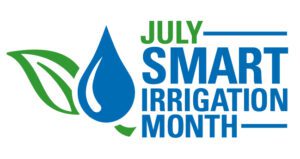
About Smart
Irrigation Month
Smart Irrigation Month was created by the Irrigation Association (IA) as an annual initiative to promote the social, economic and environmental benefits of efficient irrigation during the month of July.
First launched in 2005, Smart Irrigation Month has gained traction each year, as homeowners and the green industry recognize the importance of efficient irrigation during the hottest summer months.
The IA offers a host of Smart Irrigation Month resources for marketing your company as a leader in water-efficiency practices with customers, business partners and peers.
Calculate DU by first averaging the depth of the lowest 25 percent of your catch-cans, then divide that figure by the overall average of all cans.
In other words, if you used 20 cans per zone, and the average of your five lowest cans is 0.5 inches, then you’d divide 0.5 by 0.75 to give you 67 percent. Typically, a DU of 70 percent is considered excellent. Irrigation systems with lower than 60 percent uniformity produce uneven distributions and should be adjusted for more uniform coverage.
Helpful Tools
Audit Guidelines to assist irrigation professionals with fieldwork procedures, techniques, and performance calculations are available through the Irrigation Association.
Looking for a comprehensive irrigation audit worksheet? Click here for electronic format. Click here for a printable form.
Selling It
Irrigation audits are the most effective way to ensure that system components are being used properly. According to industry experts, the typical savings homeowners can expect from a water audit is between 40 and 60 percent.
With in-ground systems and running at night, it’s easy for problems to go undetected. Auditing addresses those problems; it optimizes your customers’ water usage while still maintaining their landscape’s appearance and saving them money — good for them and good for the planet.
Sources:
Featured Image: Creative Commons photo by John Johnston
Irrigation & Lighting
North Carolina State University Extension
Lawn & Landscape
